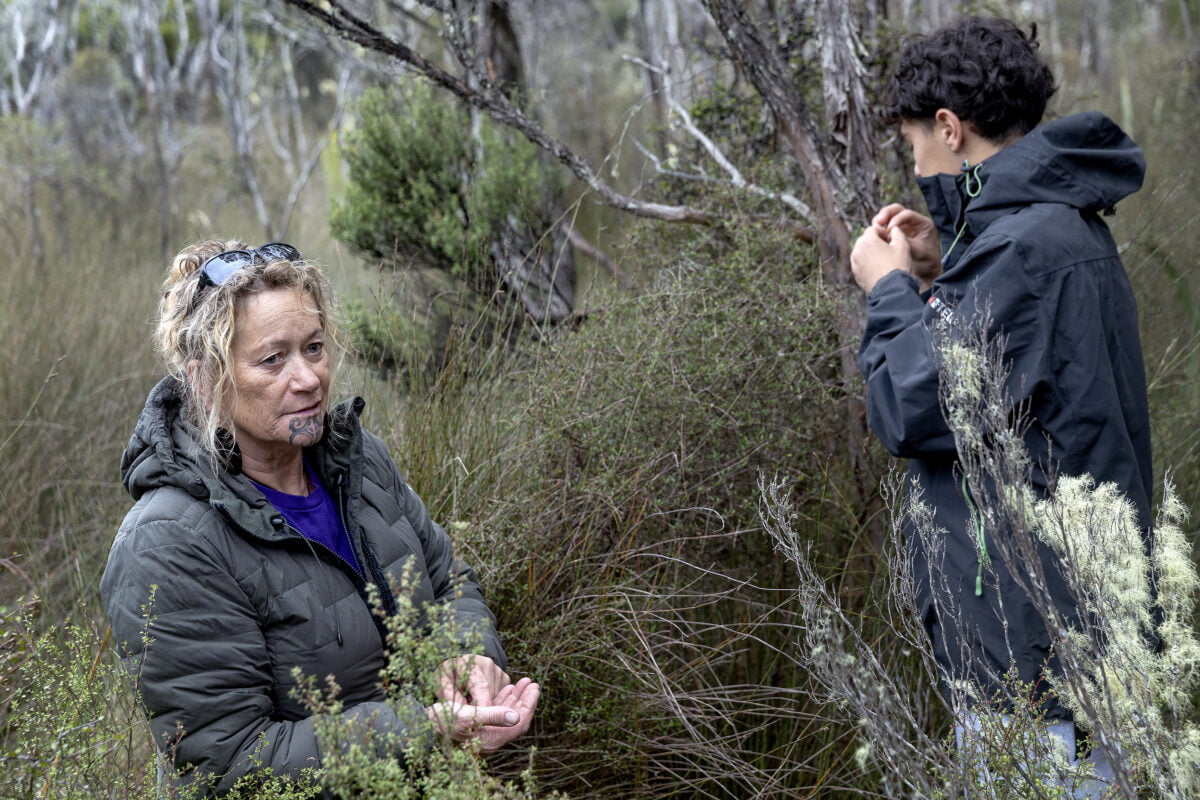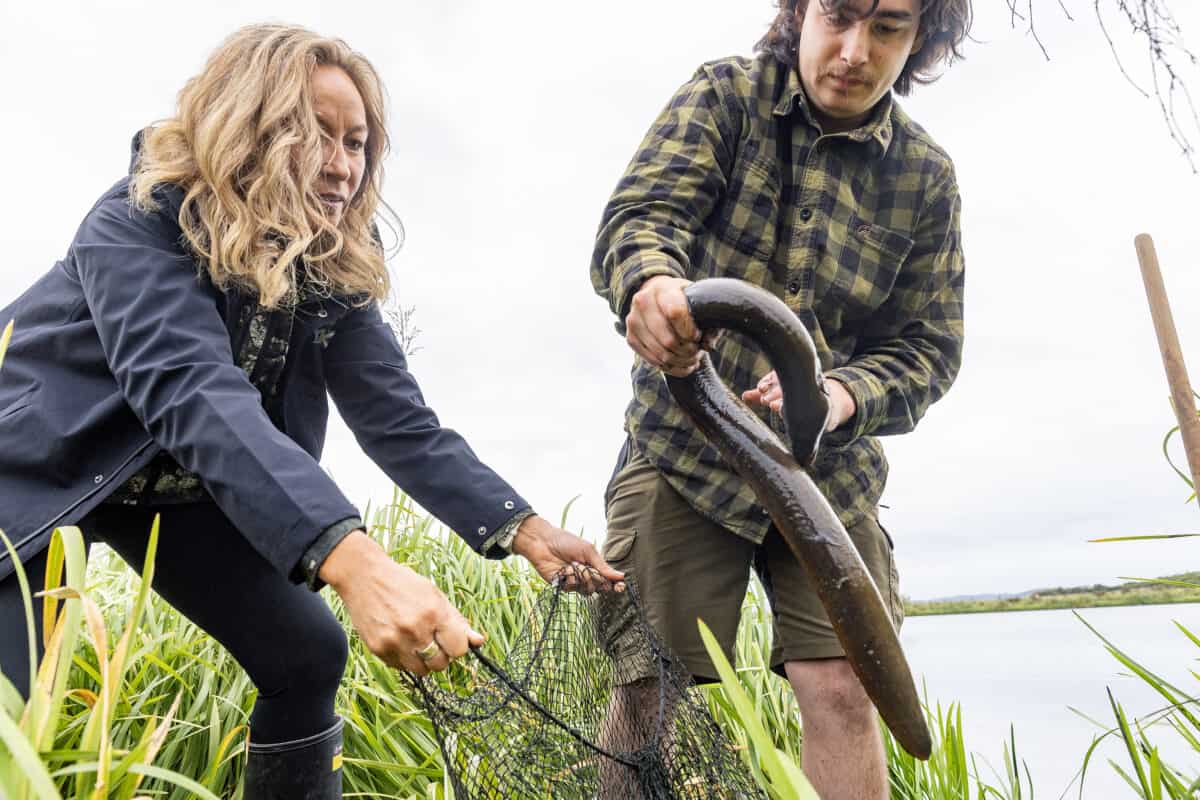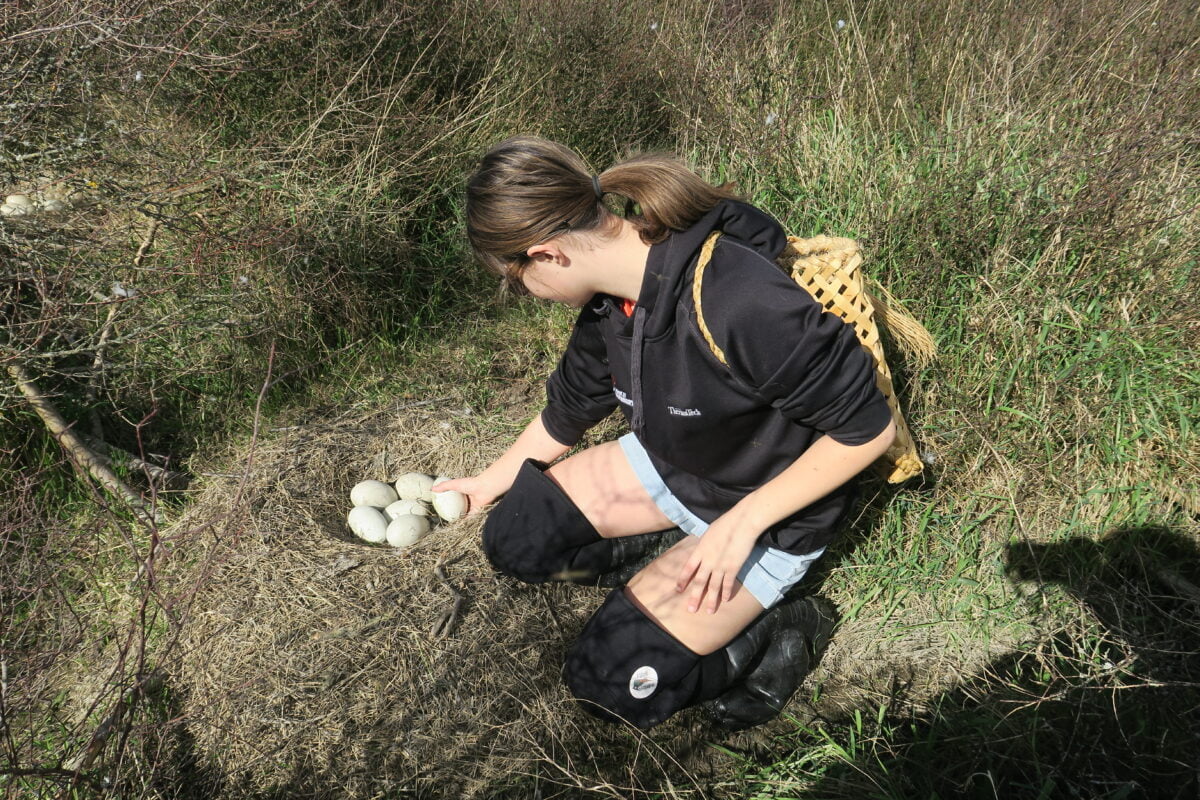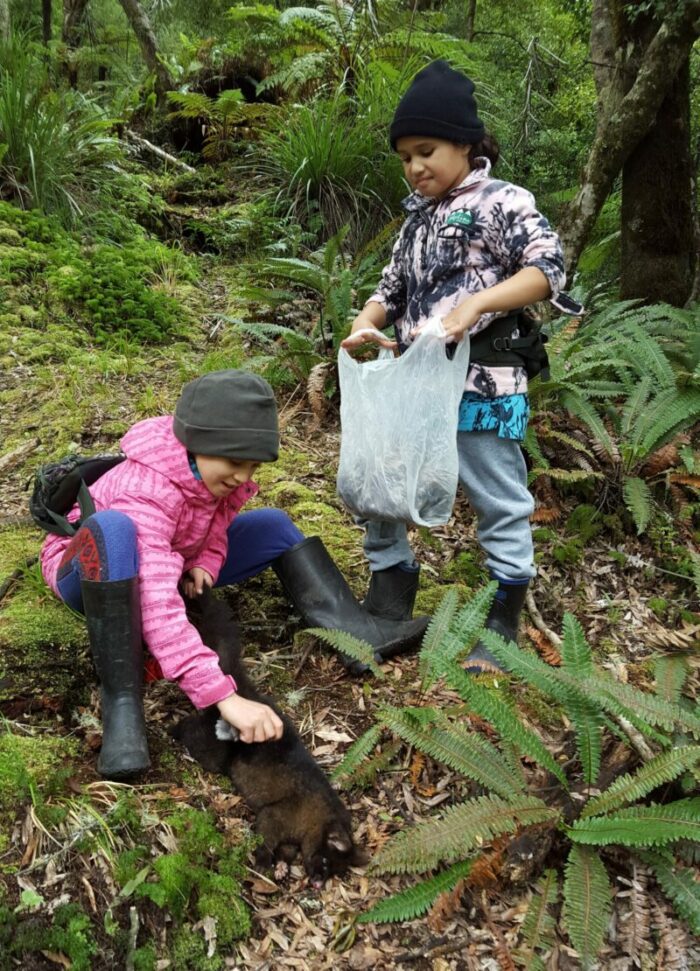Conservation and environmental systems need to innovate if they are to implement tino rangatiratanga, and kaitiakitanga, according to a new report by Manaaki Whenua Landcare Research and the Papawhakaritorito Charitable Trust. Jointly funded by BioHeritage and the Department of Conservation (DOC), the report presents the voices of kaitiaki that emphasised, despite Treaty-compliant declarations in national strategies such as Te Mana o te Taiao (NZ Biodiversity Strategy 2020), the implementation remains short of its goals.
Authored by BioHeritage impact theme Whakamana (Empower) co-leads Phil Lyver and Puke Timoti, along with fellow Manaaki Whenua’s Peter Bellingham, and kaupapa Māori research leader Jessica Hutchings of the Papawhakaritorito Charitable Trust, what needs to change in conservation and environmental systems is detailed in “He mātai i te taiao: Realising rangatiratanga to support kaitiakitanga and kaitiaki-led monitoring and reporting systems”. The report highlights recommendations put forward by kaitiaki for the change needed within the conservation system to empower kaitiaki to implement kaitiakitanga.
The researchers engaged with kaitiaki (Māori guardians) through wānanga (forums) and case studies on kaitiaki-led monitoring frameworks, to evaluate how the key pillars of Māori self-determination (rangatiratanga), environmental guardianship (kaitiakitanga), and incorporating Māori knowledge systems (mātauranga Māori) will be implemented within Aotearoa-New Zealand’s 30-year plan for biodiversity protection and restoration.
To aid this process, the researchers also explored what different kaitiaki-led biodiversity monitoring and reporting frameworks looked like from a flax-roots perspective, how they were being applied, and what were some of the significant outcomes and key challenges to their implementation. It was noted the positive trend and relationship between biodiversity and Indigenous Peoples has been similarly shown across the globe. The report provides six case studies to highlight some of the kaitiaki-led biodiversity monitoring and reporting frameworks used by iwi, hapū and whānau to assess and track the state of their taonga.
Emerging from the two wānanga were questions on whose ‘mana’ was being considered within Te Mana o te Taiao, and how would rangatiratanga and kaitiakitanga be embodied and enabled through the implementation of Te Mana o te Taiao.
The study found that Crown agencies often struggle to prioritize the values of mana whenua, and involve kaitiaki in decision-making across the different levels of governance and management. Kaitiaki emphasised that it was their job to create momentum within their communities and act upon their values and priorities. Challenges include navigating complex and disjointed policies, non-transparency in government systems, and a lack of processes that empower and resource kaitiaki. Kaitiaki also highlighted that mana whenua should not need Crown permission to implement kaitiakitanga, advocating for legislative and systemic reforms that allowed kaitiaki to self-authorise management action. Moreover, kaitiaki expressed that a future needed to ‘be like Māori’, where marae were the centres for community networks, and its people were the drivers of solutions and action.
The kaitiaki look forward to a response from the government to their recommendations.



Photo Credit: Phil Lyver
